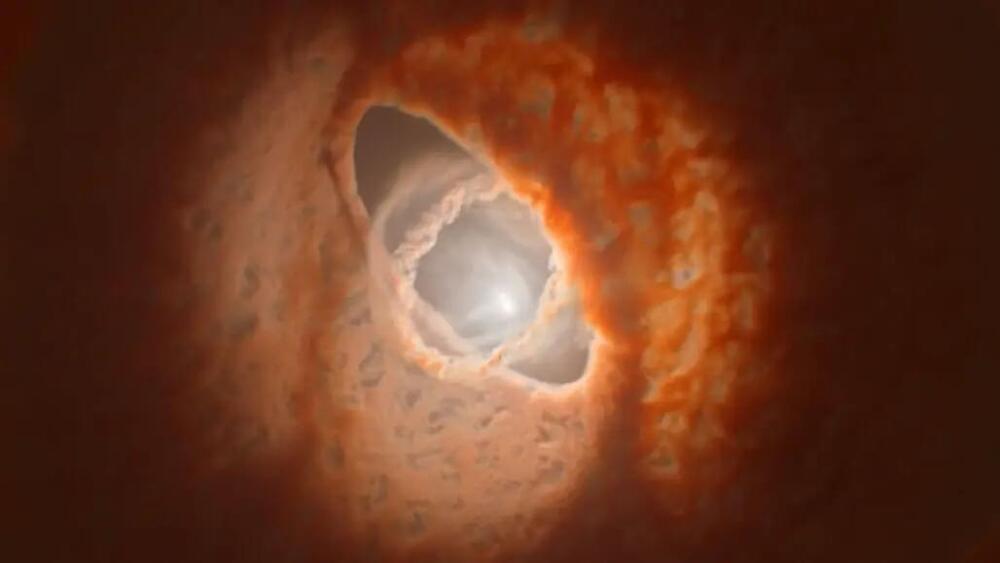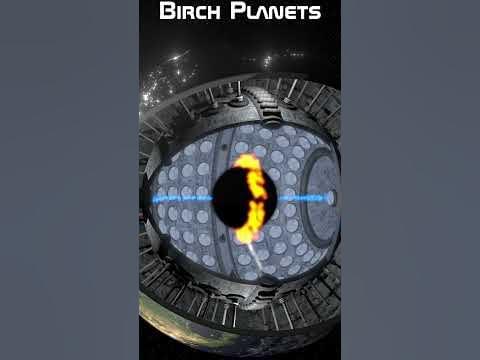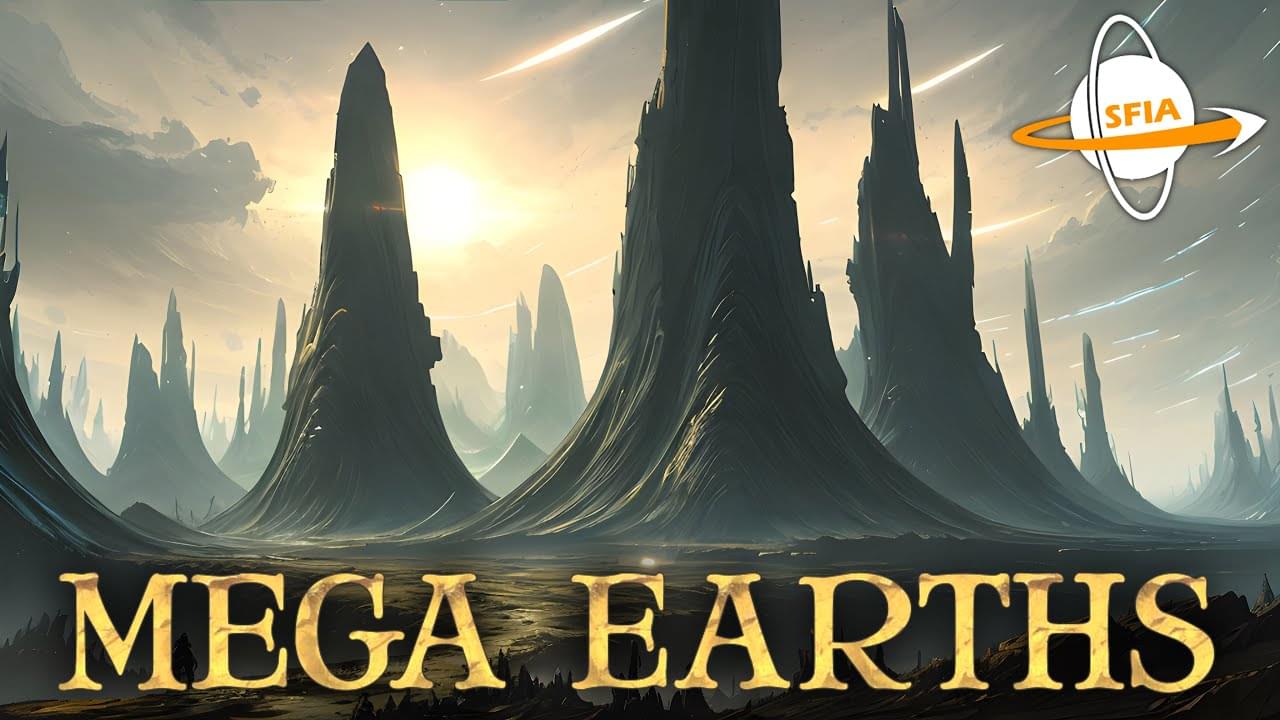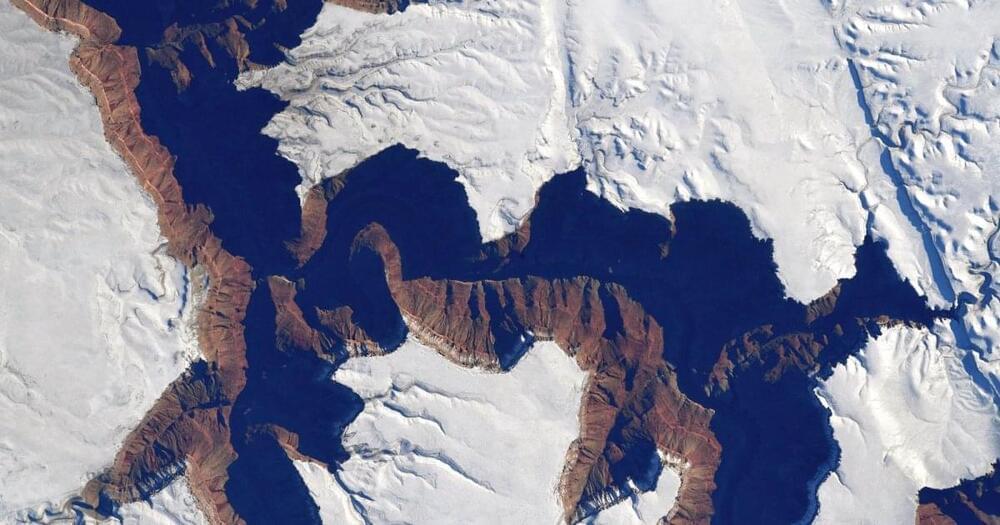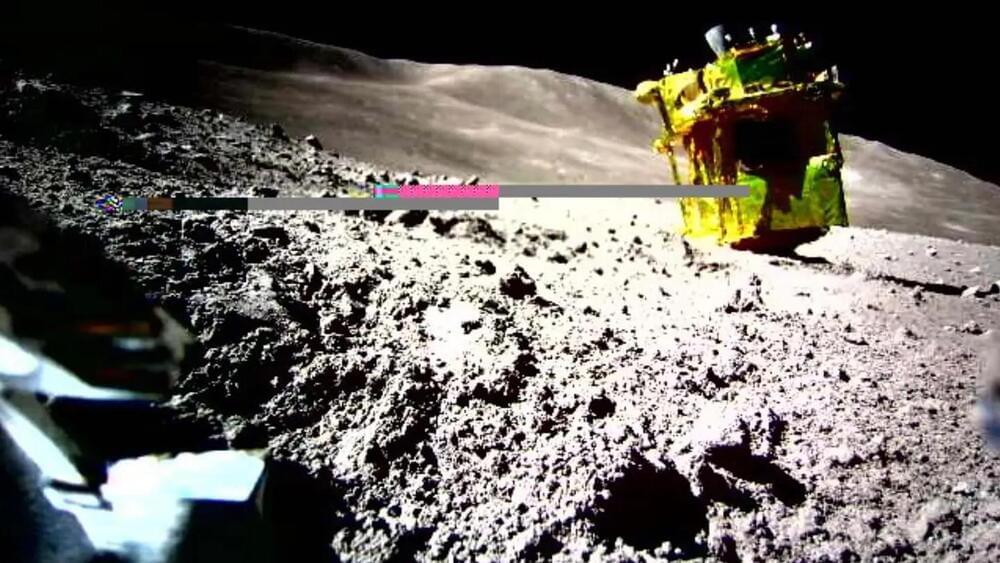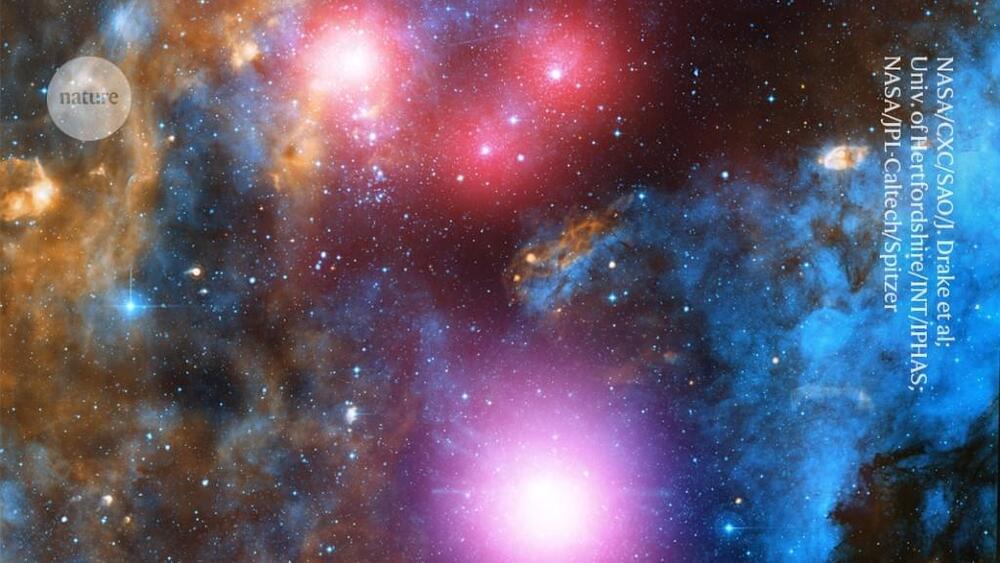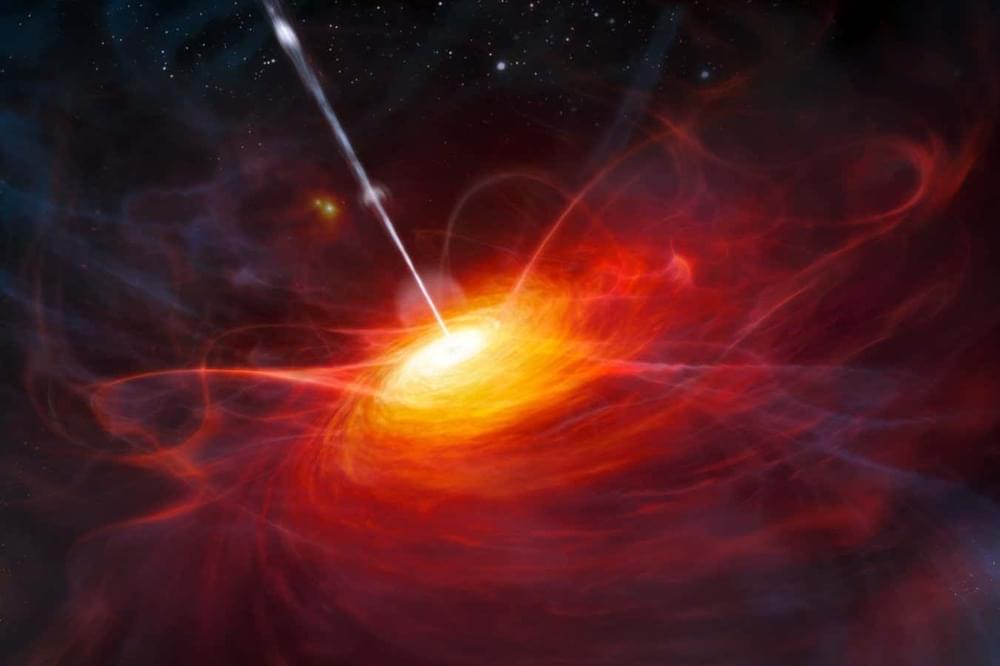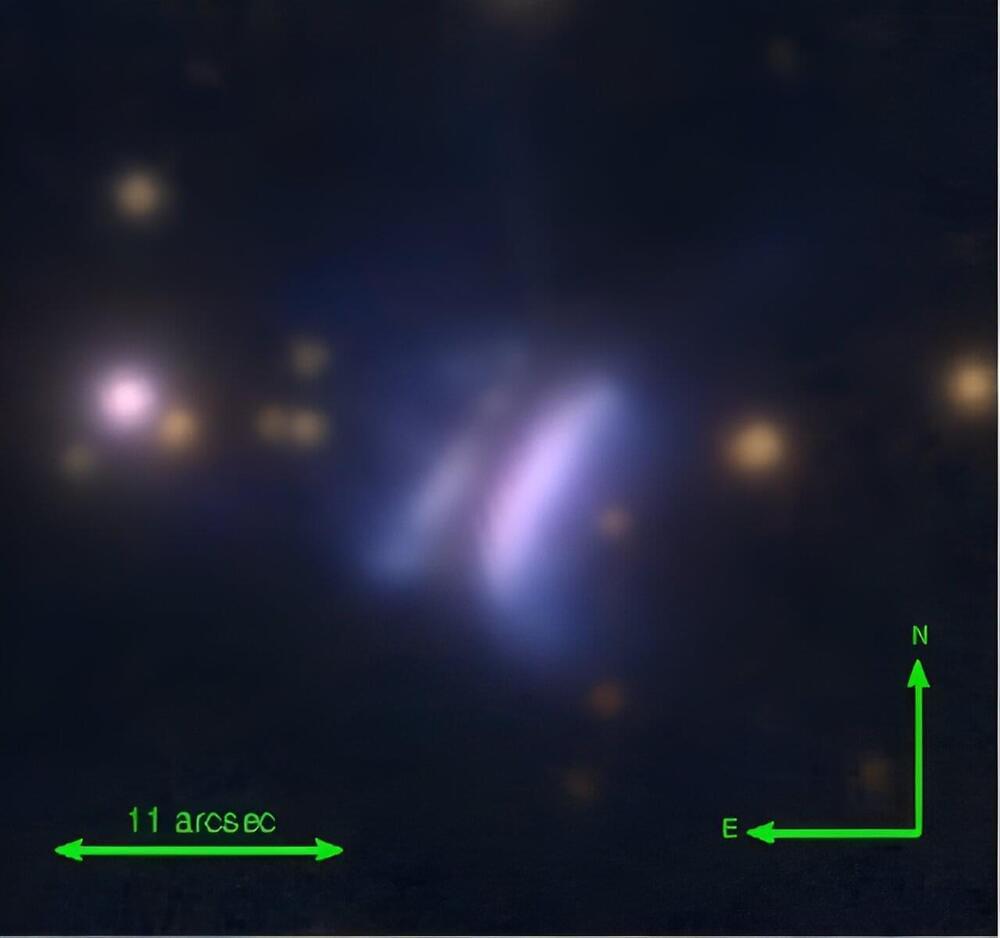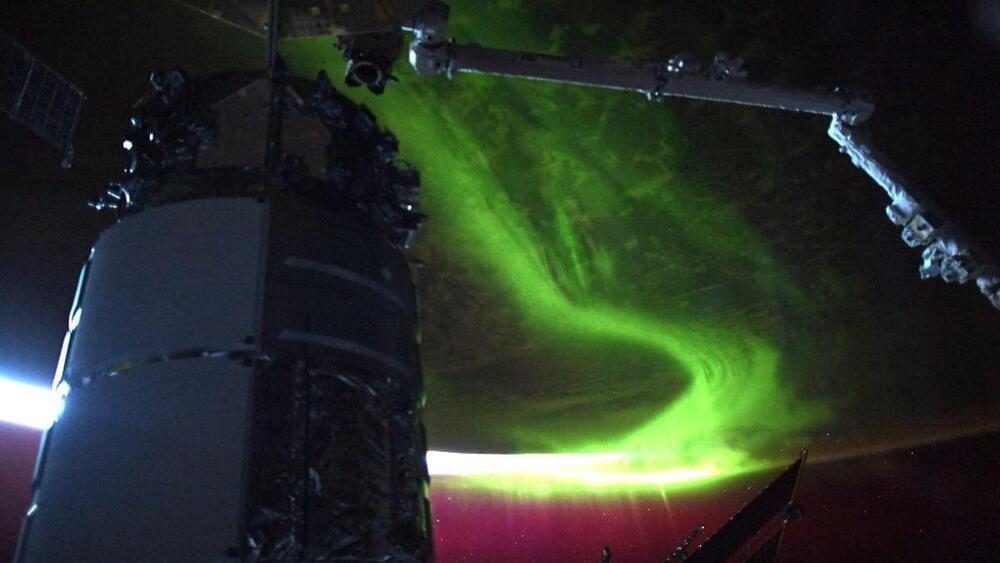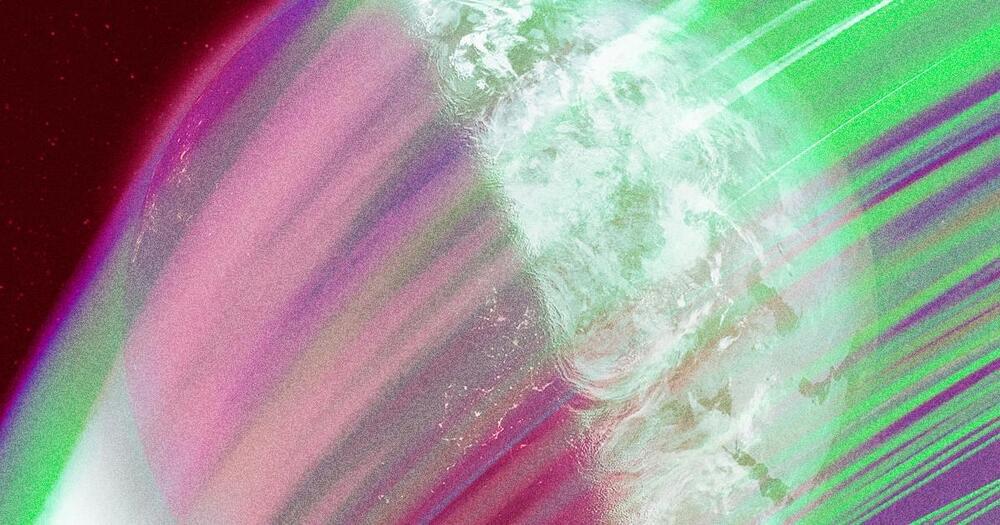Feb 26, 2024
Three Stars, One Strange Disk! The Mind-Boggling Planet-Forming Revolution!
Posted by Shubham Ghosh Roy in categories: futurism, space
Key Takeaways:
Within this system, two young stars engage in an intimate celestial waltz, while a third star pirouettes around the pair. Enveloping all three stars is a fragmented disk of dust and gas, a cosmic canvas where future planets may take shape. This disk, unlike the one that gave rise to our solar system’s planets, comprises three loops, each with its unique contortions — a middle ring distinctly warped, and an inner ring playfully askew in relation to its companions.
